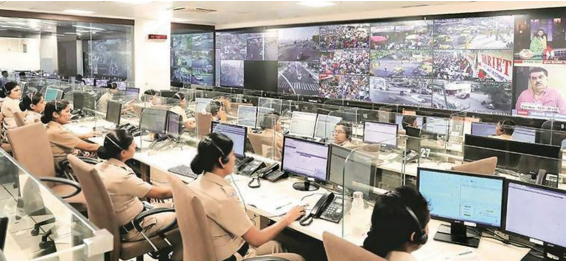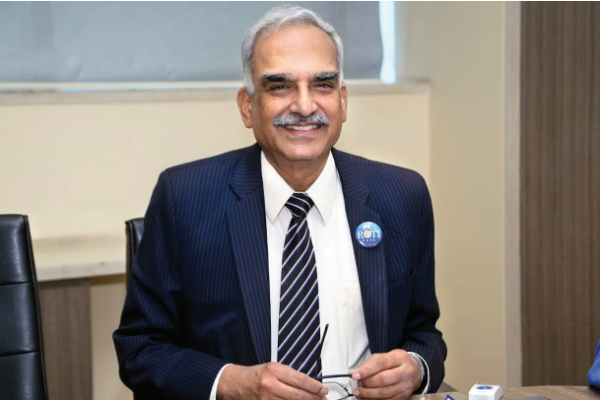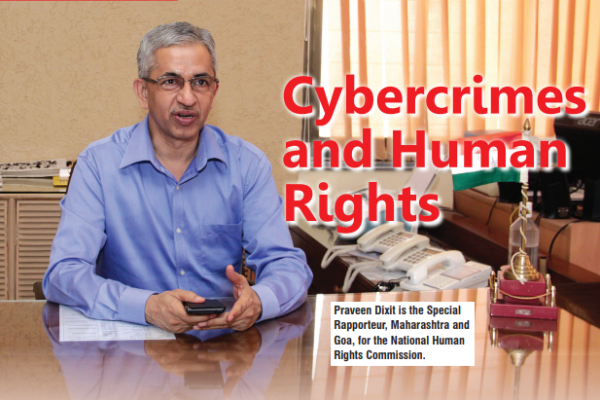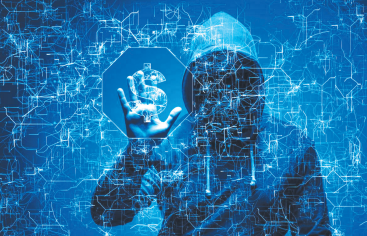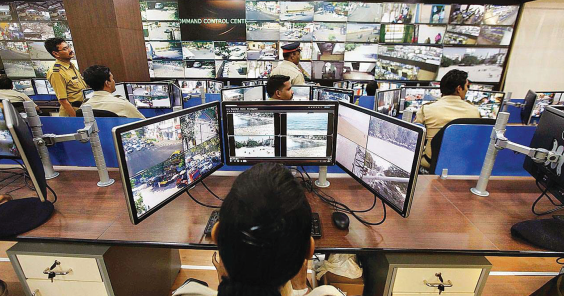
Cybercrime: The Deadly New Enemy
Cybercrimes know no borders and have evolved alongside emerging digital technologies. Each year, the number of reported cybercrimes in India continues to rise significantly, and the situation is worsening, says Ivor Vaz. On a positive note, a vibrant India is on the brink of a digital revolution. Once primarily an agricultural nation, India is undergoing…



